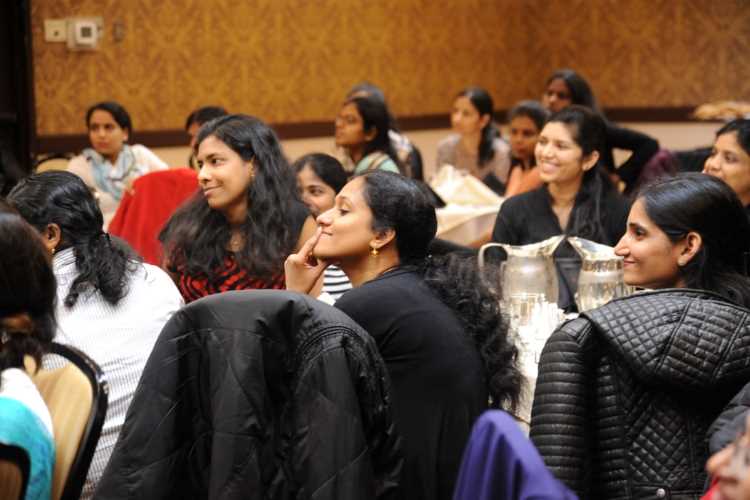
The unemployment rate for the 15+ population of India declined to 12.6% in April-June 2021 from 20.8% in the same month of the previous year, says the 11th Periodic Labour Force Survey by the National Statistical Office. The reason is quite apparent. The country was under complete lockdown from April to June 2020 because of the outbreak of the Covid-19 pandemic. Most economic activities barring agriculture came to a halt during this period, leading to a high unemployment rate of 20.8%.
During the same period in 2021, India was reeling under the onslaught of the second wave of the Covid-19 pandemic, but there wasn’t a complete lockdown. This explains why the unemployment rate came down during the period. The unemployment rate for the 15+ population in January-March 2021 was 9.3% in urban areas, as per the 11th Periodic Labour Force Survey (PLFS). This was before the pandemic and gives an idea of the unemployment rate prevailing in the country before Covid-19 struck. This also implies that even a 12.6% rate of unemployment for the period April-June 2021 is unusually high even though it is substantially lower than that of the previous year.
PLFS data further reveals that the unemployment rate among females (aged 15 years and above) in urban areas also declined to 14.3% in April-June 2021 from 21.1% a year ago. It was 11.8% in January-March 2021. Unemployment fell as economic activities were recovering in this period. Among males also, the unemployment rate in urban areas dipped to 12.2% in April-June 2021 compared to 20.7% a year ago. It was 8.6% in January-March 2021.
READ I Populist state govts out to sabotage National Pension Scheme
Unemployment rate in rural, urban areas
The unemployment rate for persons aged 15 years and above in urban areas slipped to 8.7% in October-December 2021 from 10.3% in the same quarter a year ago. The unemployment rate in July-September 2021 was 9.8% in urban areas, revealed the PLFS. It also showed that the unemployment rate among females (aged 15 years and above) in urban areas declined to 10.5% in October-December 2021 from 13.1% a year ago. It was 11.6% in July-September 2021. Among males, the unemployment rate in urban areas also dipped to 8.3% in October-December 2021 compared with 9.5% a year ago. The figure was 9.3% in July-September 2021.
The rate for the 12 months to June 2021 showed a fall from 4.8% in the previous year to 4.2%. The unemployment rate for this period is the lowest since the first survey in 2017-18. The share of population working or seeking work stood at 39.3% in 2020-21, the highest in four years.
The unemployment rate was higher among males than females in rural areas. The rural unemployment rate was 3.9% for males and 2.1% for females. The unemployment rate for females was 8.6% in urban areas, while the ratio for men was 6.1%. Though there is an overall improvement in the employment situation of the country, most of the growth is in low-quality, unpaid jobs. Jobs in the unpaid self-employed category rose from 15.9% in 2019-20 to 17.3%. In rural areas, the number was 21.3% while in urban areas it was 6.3%.
READ I Global recession fears intensify after US Fed’s bold interest rate hike
Labour Force Participation Rate in terms of CWS (current weekly status) in urban areas for persons aged 15 years and above was 46.8% in the April-June quarter of 2021 up from 45.9% in the same period a year ago. It was 47.5% in January-March 2021.
NSO introduced PLFS in April 2017. The objective was to fill the gap in data availability with regard to the basic indicators of the labour market. Without data, evidence-based policy formulation is seriously compromised. On the basis of PLFS, a quarterly bulletin is brought out giving estimates of labour force indicators, namely unemployment rate, worker population ratio, labour force participation rate, distribution of workers by broad status in employment and industry of work in current weekly status.
The employment situation was deteriorating even before the outbreak of the Covid-19 pandemic. Growth rate has been on a steady decline since 2016. The unemployment rate started showing an increasing trend. Even during the high growth period of the first decade starting in 2000 and a part of the next decade, the employment growth was meagre. Some call this jobless growth. Whatever little employment that was created was mostly in the informal sector. Job creation in the formal sector dried up even before the incidence of the pandemic. The pandemic only further aggravated the situation.
India has experienced a serious mismatch between structural changes in output and employment as the growth rate in the output of the non-agriculture sector did not generate commensurate livelihood opportunities. Further, improvement in literacy, schooling and attainment of higher education and skills and vocational education resulted in a much faster increase in the number of persons seeking employment. Demand for jobs did not keep pace with the supply of jobs. The decline in the unemployment rate last year does not indicate a recovery in the labour market outcome. Rather, it showed improvement in the availability of employment as lockdown restrictions eased in 2021.
(The views expressed are that of the author. Usual disclaimers apply.)
